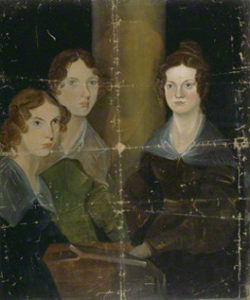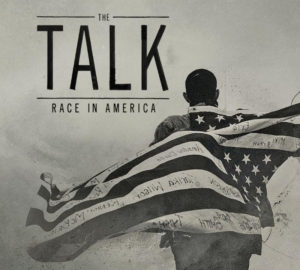His notebooks contain plans for hundreds of inventions, including the machine guns, diving suits, construction cranes, robots and flying machines that would be created hundreds of years later. Was Leonardo da Vinci a genius? A prophet who anticipated the modern age by 500 years? Or was there another explanation?
The answer can be found in Secrets of the Dead: Leonardo, the Man Who Save Science. Da Vinci is, of course, best known as one of the world’s greatest artists. At his death in 1519, he was famous for such masterpieces as the Mona Lisa and The Last Supper. But he was more than a painter: He was also a musician, writer and showman. In the pages of his notebooks, written in a secretive reverse script, and unpublished for more than 400 years, we discover yet another Leonardo, the man of science.
Secrets of the Dead: Leonardo, the Man Who Save Science (PBS Distrbution) will be available on DVD May 2; the program will also be available for digital download.
One of the many inventions attributed to Leonardo is the parachute. But did he actually invent it? In 1968, researchers discovered sketches from the studio of 15th-century Italian inventor Mariano do Jacopa, known as Taccola, which were similar to Leonardo’s study for such a device.
Taccola, who was 70 years older than Leonardo and died the year before Leonardo was born, was an engineer of the early Renaissance and among the first to use drawings as a design tool. But just as Leonardo copied from him, Taccola’s idea is copied from a Muslim inventor, Abbas Ibn Firnas.
The program features drawings of da Vinci’s most famous ideas and inventions, some of which trace their original creation to ancient Greece while others were a product of the scientific inventions of the golden age of Islamic learning. Leonardo never affirmed that his projects came from his original ideas.
Is Leonardo just a copycat? Or, as the program suggests, did he, in reinventing ancient technology, spark a renewed interest in scientific experimentation lost in Europe during the Dark Ages until the Renaissance. “Dealing with a problem or understanding a phenomenon for him meant to see how it is related to other phenomena,” says Fritjof Capra, historian of science. “In this way, I think, he generated what we now call the scientific method, and he single-handedly created the scientific method.”
As one of PBS’s ongoing limited primetime series, Secrets of the Dead is a perennial favorite among viewers, routinely ranking among the 10 most-watched series on public television. Currently in its 16th season, Secrets of the Dead continues its unique brand of archaeological sleuthing and employing advances in investigative techniques, forensic science and historical scholarship to offer new evidence about forgotten mysteries. Secrets of the Dead has received 10 CINE Golden Eagle Awards and six Emmy nominations, among numerous other awards.



